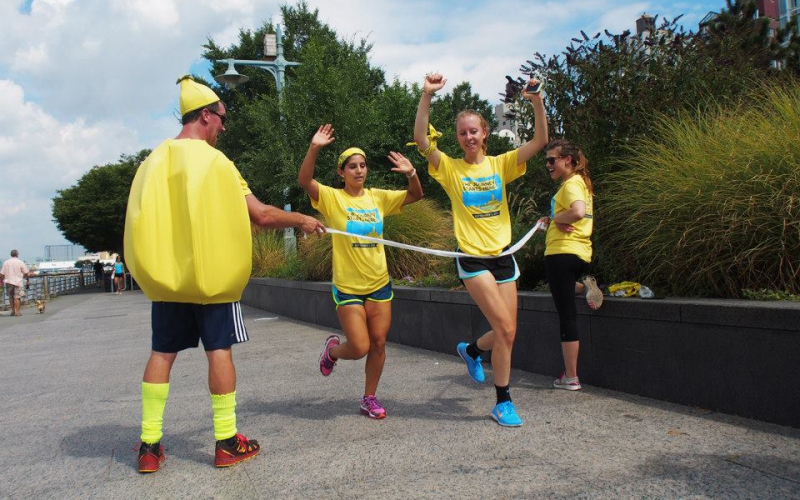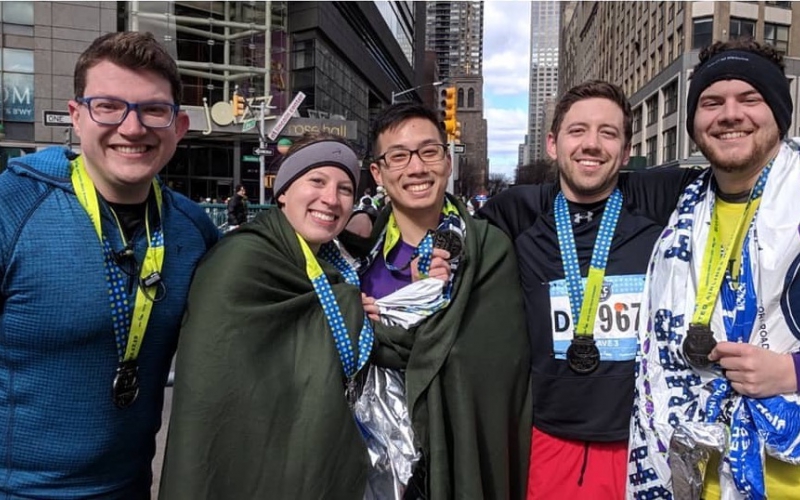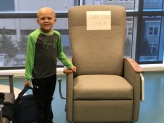The Childhood Cancer Blog
The Childhood Cancer Blog
Running, walking or riding a million miles alone is impossible; but together we can make a difference and journey to a million during The Million Mile event this September.
Your first step is to register for The Million Mile! Then in September, you can begin tracking your miles. Here are 7 great ways you can rack up miles and raise awareness of the need for cures for childhood cancer!
1. Track all your steps, all day long!... Read More
Aspiring physician-scientist Peter Tonzi always wanted to make a difference for kids fighting pediatric cancer.
Peter, who is a MD/PhD candidate at the NYU School of Medicine, worked in Dr. Katherine Janeway’s lab for two years supporting pediatric sarcoma research at the Dana-Farber Cancer Institute in Boston. That experience led Peter to Team Lemon, the national charity racing team organized by Alex’s Lemonade Stand Foundation (ALSF).
“I recognized the organization and knew that my mentor, Dr. Janeway,... Read More
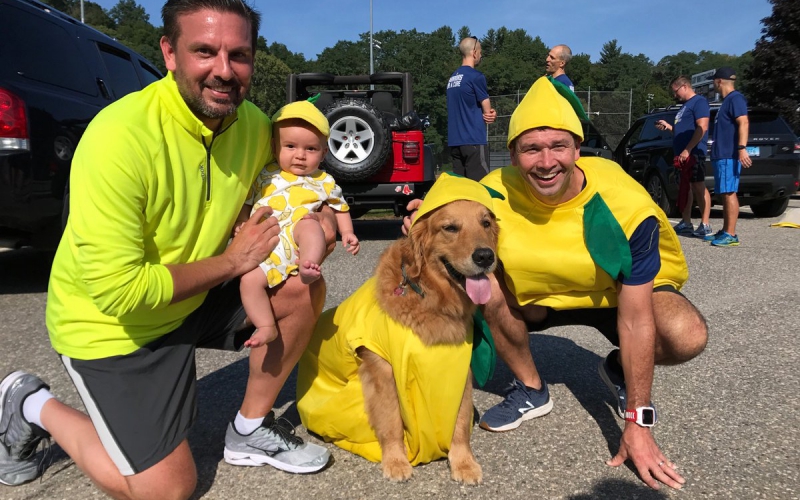
Every member of your family can get involved with The Million Mile this September.
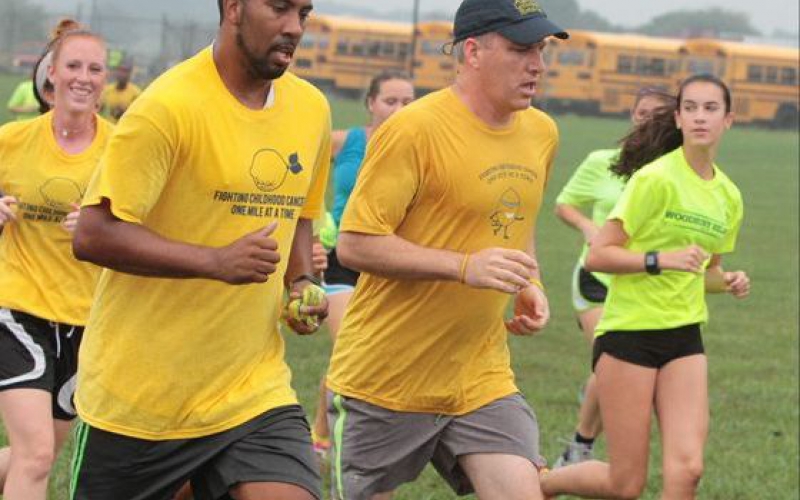
Wear your favorite Childhood Cancer Awareness t-shirt (available in our gift shop!) and when people comment on your attire, tell them all about your team and your fundraising goals.
Held each September, The Million Mile is a month-long fundraising challenge to benefit childhood cancer research. Whether you are a casual walker or jogger, an avid cyclist or a marathoner, YOU can make a difference in the lives of children fighting cancer.
This year, you can help raise $1 million and fund thousands of hours of innovative research and give hope to children waiting on cures. One million dollars is a huge goal, but together we can do it! To help you out, we’ve assembled some of our favorite ways to fundraise!
1.... Read More
Pages

